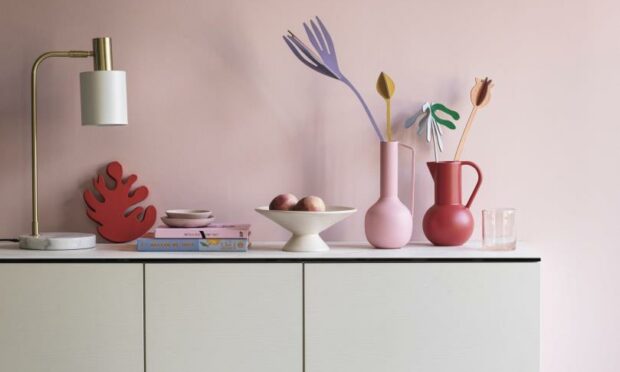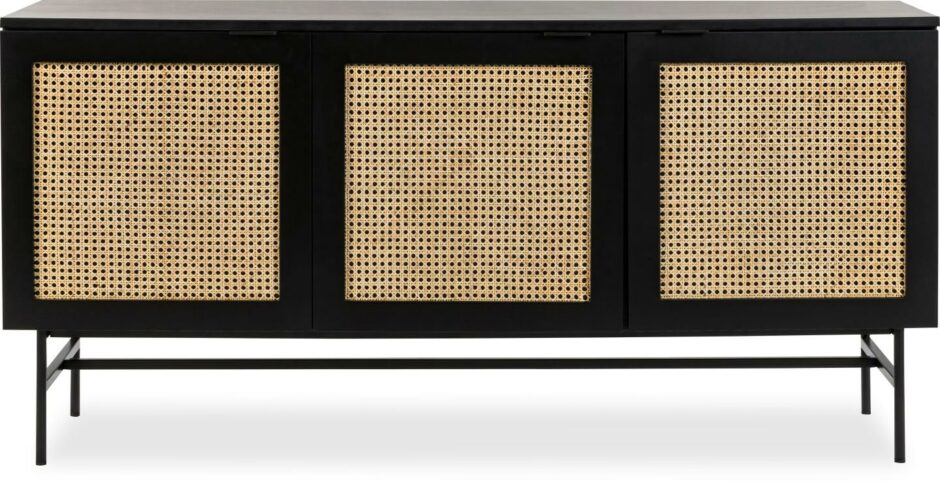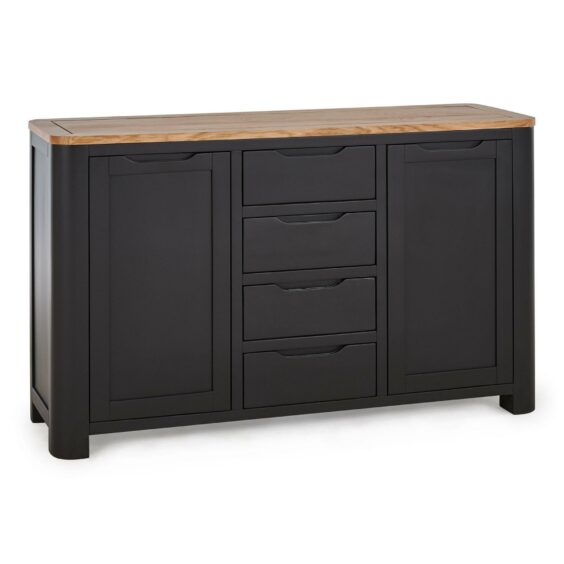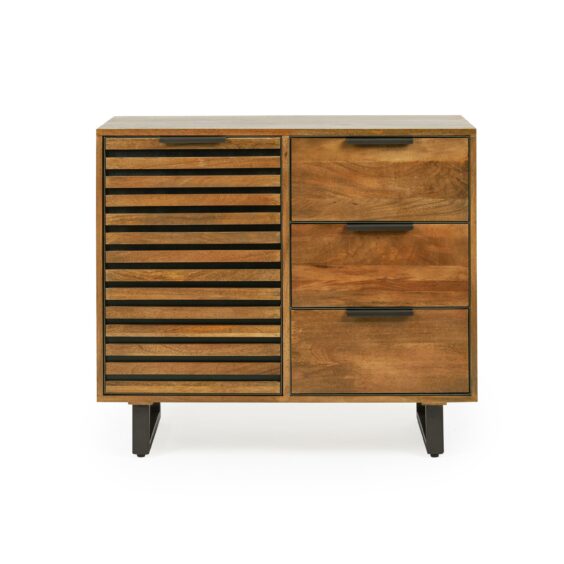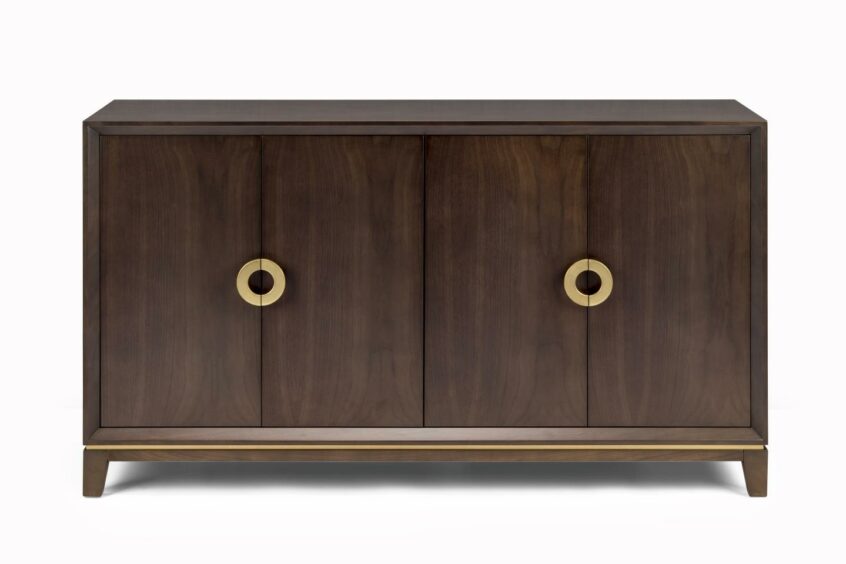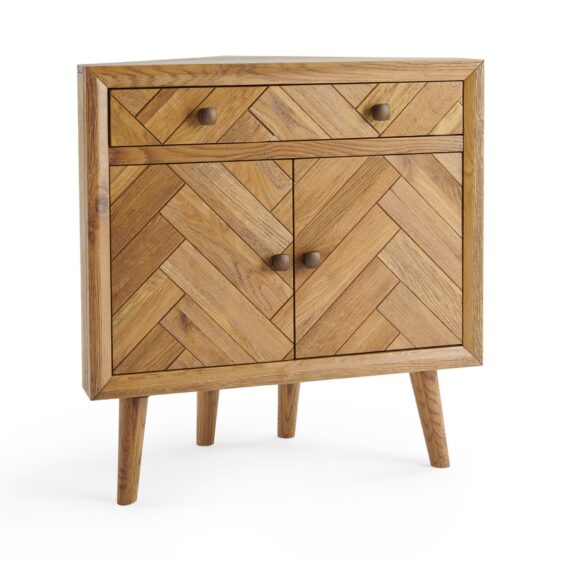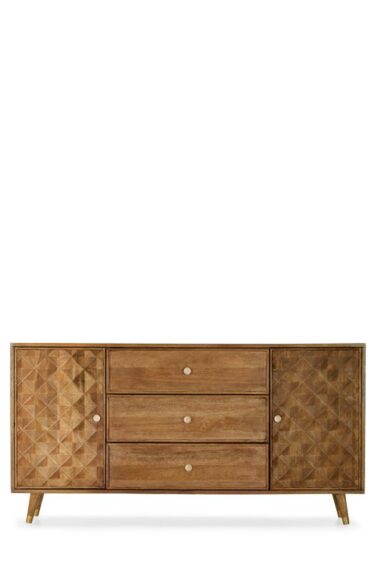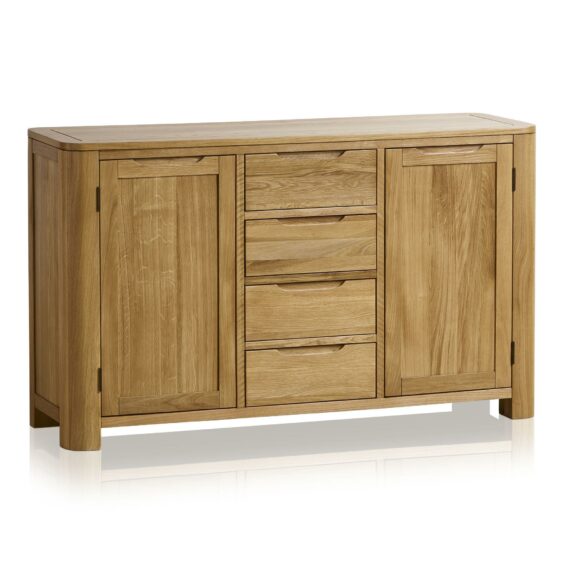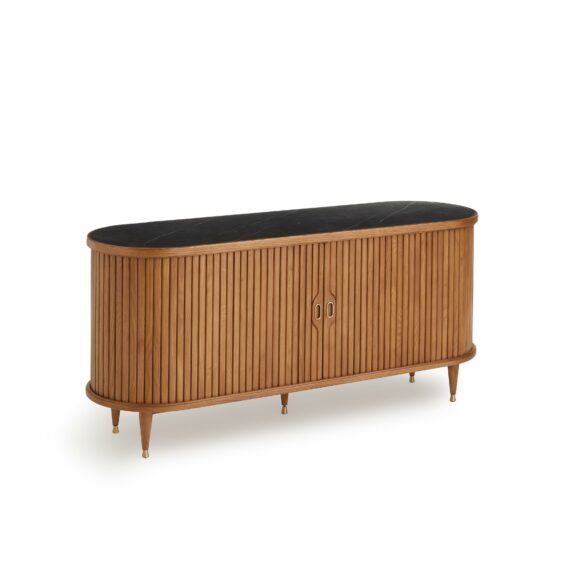To understand the proper purpose of a sideboard, see Downton Abbey, The Crown or a similar period drama.
It’s around the sideboard that servants hover during mealtimes, serving up food from tureens and sourcing cutlery, all the while trying to pretend they are not listening to the conversation of the posh folk seated at the dining table.
A sideboard is traditionally a piece of dining room furniture, used for the storage and display of items such as crockery, cutlery, candlesticks and glassware.
Dishes of food brought up from the kitchen might be placed upon the sideboard before being distributed to those dining and afterwards could double as collection point for the washing up.
So far, so fancy.
But do sideboards really have a place in modern homes?
Well perhaps. If you have a whole load of clutter that you want to shove out of sight and pictures and ornaments to display on top of it, then the sideboard can be a handy piece of furniture.
It has undergone a number of transformations over the past three centuries or so and it has fallen in and out – then back in again – of style.
Georgian sideboards were typically slender with long legs, while the Victorians preferred theirs heavy and ornate.
Arguably the most on-trend version of the sideboard is an upcycled mid-century piece, from the likes of G-Plan or McIntosh.
Many of the new sideboards available today manage to echo those sleek, polished, mid-century forms, but without that retro feel.
